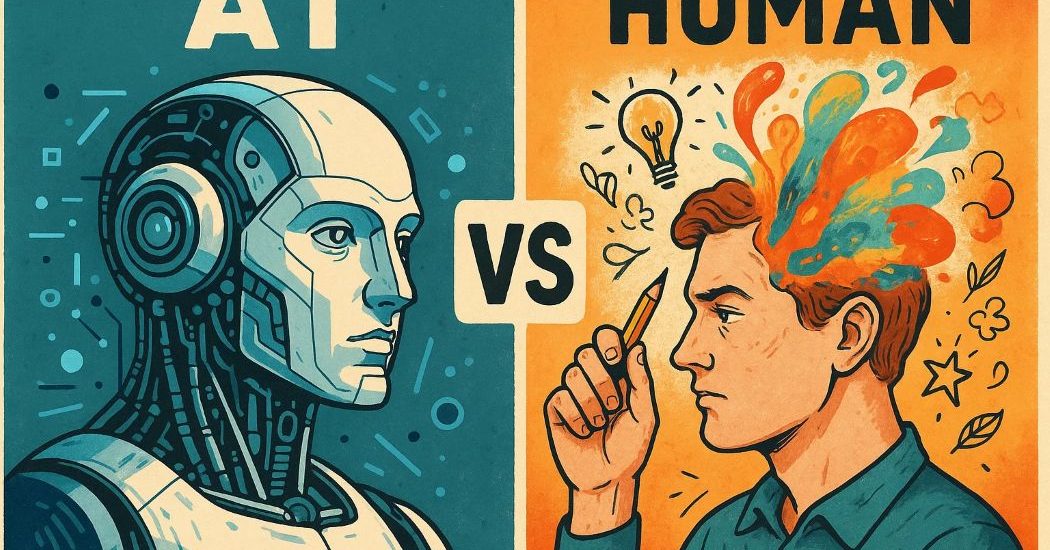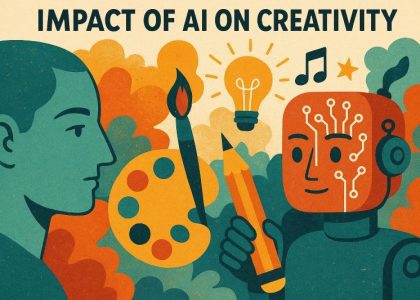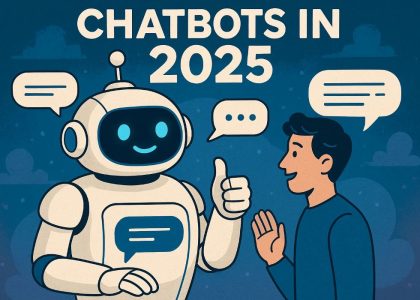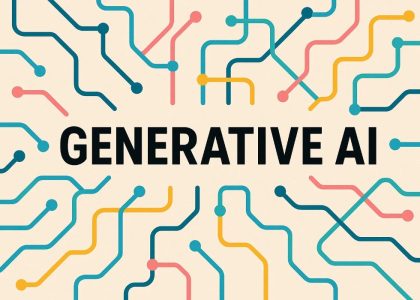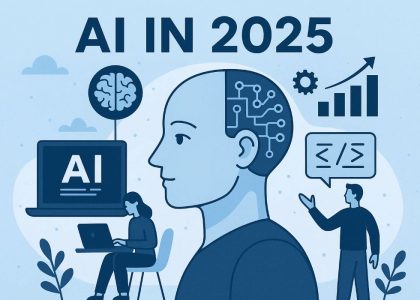As artificial intelligence grows smarter, one critical question keeps resurfacing: Can machines truly be creative? In 2025, AI-generated art, stories, music, and designs flood the internet. Platforms like ChatGPT, DALL·E, and Sora are producing works that rival human output — in both quality and originality.
But does that mean Artificial intelligence can innovate? Or are machines just remixing data we’ve already fed them? This blog explores the evolving debate of AI vs human creativity, how far AI has come, and whether it’s capable of genuine innovation.
What Is Creativity, Really?
Creativity is more than producing something new. It involves imagination, emotion, context, originality, and intent. When humans create, they tap into memories, experiences, and cultural nuances to express something meaningful.
AI, on the other hand, learns patterns from massive datasets and generates results based on those inputs. It doesn’t feel, reflect, or contemplate purpose — at least not yet.
So, while artificial intelligence can mimic creative behavior, the deeper question remains: Is imitation the same as innovation?
How AI Demonstrates Creativity in 2025
Today’s AI does more than complete prompts. It creates content that feels personal, expressive, and even emotional. Examples include:
- Music composition tools like Aiva and Amper that generate entire albums
- Artificial intelligence-generated artworks winning global design competitions
- Scriptwriting tools producing plots for YouTube shorts and films
- AI poets and storytellers capable of crafting emotional narratives
- Fashion and product design systems built on artificial intelligence-driven aesthetics
Clearly, AI has become a powerful creative collaborator — but it still depends heavily on structured training data and user input.
What Makes Human Creativity Unique?
Despite AI’s impressive capabilities, human creativity still holds key advantages:
1. Emotional Depth
Humans draw from life experiences, pain, joy, and intuition — giving art its soul. Artificial Intelligence lacks this emotional reservoir.
2. Cultural and Ethical Awareness
Humans understand symbolism, sarcasm, irony, and social context. Artificial Intelligence often misses these subtleties.
3. Abstract Thinking
Innovators like Einstein or Picasso made leaps not based on data, but on visionary ideas that broke conventional rules.
4. Risk and Imperfection
Much of human creativity thrives on experimentation, flaws, and even failure. Artificial Intelligence plays it safe by staying within its dataset boundaries.
Can AI Innovate or Just Imitate?
AI can combine ideas, remix patterns, and generate novel outputs — but its “novelty” emerges from probability, not inspiration. A few examples:
- AI can write a Shakespeare-style sonnet but doesn’t understand love.
- AI can paint surreal art but doesn’t grasp dreams or trauma.
- AI can code a game, but doesn’t play it for joy.
So far, AI augments human creativity more than it replaces it. The innovation still comes from the prompts, the goals, and the insights we feed it.
AI + Human: A Creative Power Duo
The most powerful content in 2025 comes from human-AI collaboration, not competition. Here’s how creators combine the best of both worlds:
| Human Strength | AI Advantage |
|---|---|
| Emotional storytelling | Fast content generation |
| Unique vision | Infinite iterations and variations |
| Artistic intuition | Data-driven decision-making |
| Ethical reasoning | Automated formatting and SEO |
Instead of fearing Artificial Intelligence, creatives now use it as a tool to scale ideas, test concepts, and reach wider audiences.
Real-World Examples in 2025
- Authors use Artificial Intelligence for brainstorming plot twists and character arcs.
- Marketers generate ad variations and tailor messages with Artificial Intelligence.
- Artists collaborate with Artificial Intelligence to create hybrid visual styles.
- Musicians mix AI-generated loops into human-composed tracks.
- Startups use Artificial Intelligence to prototype logos, landing pages, and pitch decks.
These examples show that creativity isn’t dying — it’s evolving.
The Future of Creativity with AI
In the coming years, we’ll see Artificial Intelligence systems that learn user emotions, refine styles, and even predict trends. Tools will adapt in real-time to feedback, creating interactive co-creation experiences. However, the soul of storytelling, meaning, and purpose will remain rooted in human experience.
Conclusion
So, can machines truly innovate? The answer lies in perspective.
AI can simulate creativity, generate content, and optimize ideas — but true innovation still requires human vision, empathy, and originality. In 2025, the smartest creators are not those who fight Artificial Intelligence but those who embrace it as an ally.
The future belongs not to machines alone, but to humans who create fearlessly with Artificial Intelligence by their side.

